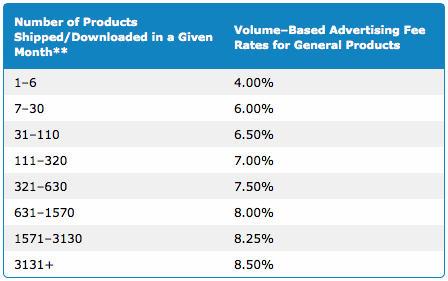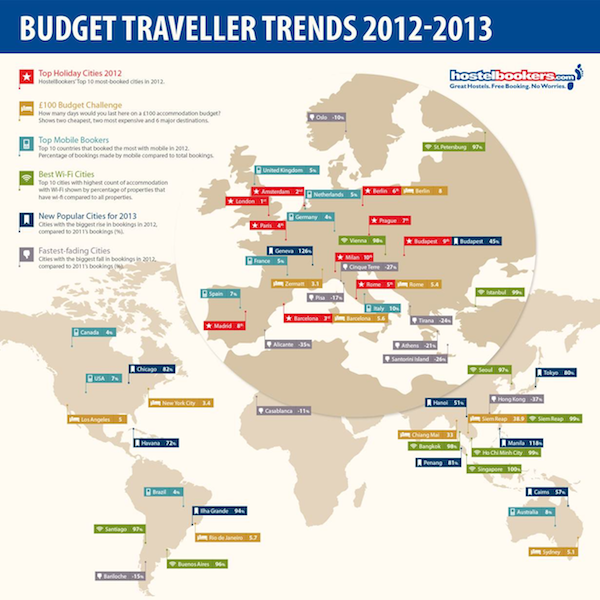“New Year, New Start – What Have We Done?” plus 1 more |  |
| New Year, New Start – What Have We Done? Posted: 30 Jan 2014 08:13 AM PST If you’re anything like me, you may have thought about what you want to do with your blog this year, and where you want to go. Maybe wrote down a couple of changes, or a few ideas to try. Unlike me, you’ve probably also made a start on a few of these, and started 2014 blogging with a bang. What we’d like to know is: what have you done differently this month? What kinds of things have you thought you might like to do with blogging this year? What new changes have you made, and do you think they will work for you? Feel free to have a chat in the comments, or link to a post you’ve written about your blogging goals for this year. We’d love to hear an update on how we’re all travelling one month in. Here’s to 11 more of success! Originally at: Blog Tips at ProBlogger New Year, New Start – What Have We Done? |
| The Unexpected Way to Write Killer Content: Blog from Your Heart and Break All the Rules Posted: 29 Jan 2014 06:33 AM PST This is a guest contribution from Tova Payne of TovaPayne.com If you asked me two years ago about blogging, well let's just say I must have been living in a cave, because I didn't quite understand what blogging was all about or why people did it. I've loved writing my whole life, but never realized how blogging was associated with business, or getting your message out to the world. So I started off with writing a newsletter to an e-mail list I had, and slowly, as I was studying more about business, I recognized that my natural passion for writing could reach a wider audience through blogging. This gave my writing a greater purpose—the ability to spread my message to a wider reach, to share what I love and hopefully help inspire others too. Simple enough…Or so I thought. The more I learned about business (and I bet you can relate), the more you start hearing about the "shoulds," the rules, and the "right way" to blog and write in general. You learn about techniques such as SEO (Search Engine Optimization), and how to craft the PERFECT headline so people will read the damn message. Let me be fair—these things contribute to the success of your blog. BUT, what I see and hear people tell me all the time is how they can't write their blog because they are not sure if they are doing it the right way, or they can't hit publish until they find that perfect headline. What's the problem with that? Well, it's an easy way to stay in fear-mode. Too scared you're doing things wrong that you don't send your message out to the world. Too scared you didn't get the right SEO key terms that you never press "publish". You keep waiting to have everything right until you hit that magic button. Well, I'll tell you—the fastest way to sabotage your blogging efforts is waiting to get things right. Blogging, like anything in life, is a muscle. You need to work it to strengthen it. Through your dedication to blogging and through your consistent posting you will inevitably start crafting better headlines. You will receive feedback on what creates a more popular post and what works best. And it's not by spending 80% of your time reading about blogging and 20% of your time starting that blog you never post. The only way to really learn and get better is to get started: Write. And publish. You need to publish to learn. Secondly, when you try so hard to fit into every blogging rule—you run the risk of seriously dulling down your message to fit the rules, which takes away from the feeling, the inspiration, and the heart of your message. What posts go viral? It's the messages that inspire people to share it with their friends. Not the ones that fit the perfect SEO-box. And I know this from my own experience. Sometimes when I write for other publications I have to write SEO-driven content, and I'll tell you it just doesn't feel the same and it never brings me as many likes or new fans as the ones that come from pure heart and passion. Now, like anything in life it's a fine balance. I mean if the essence of your writing is to reach people, and if tweaking a few words here and there will help reach more people—then take a few minutes to tweak a few words. Certainly, take advantage of the tag words and writing a good excerpt if you can—but do NOT stress over it, and don't waste more than a few minutes on this. Like all rules, they are there as a framework to guide you. But the magic happens when you can chuck the framework and make up your own rules. To allow your intuitive guidance to help you in the decision processing that you make. And yes, this pertains to blogging and all areas of your work. Certainly, SEO matters to some degree, but when you write from your heart and share your message from that place of passion, the right people will find you. My vote is to spend more time creating from the heart and press "publish" more often (as you sweep the rules under the rug). So what are waiting for? People are waiting to hear your message. Get to work—Write. Publish. Repeat. Tova Payne is a Published Author, Writer, Blogger, and Entrepreneur. She helps creative entrepreneurs take action on their dreams. Visit her online home to grab a free copy of 5 Keys to Starting + Finishing your Dream Project. www.tovapayne.com Connect with Tova on Facebook here. Originally at: Blog Tips at ProBlogger The Unexpected Way to Write Killer Content: Blog from Your Heart and Break All the Rules |
| You are subscribed to email updates from @ProBlogger To stop receiving these emails, you may unsubscribe now. | Email delivery powered by Google |
| Google Inc., 20 West Kinzie, Chicago IL USA 60610 | |













.jpg)